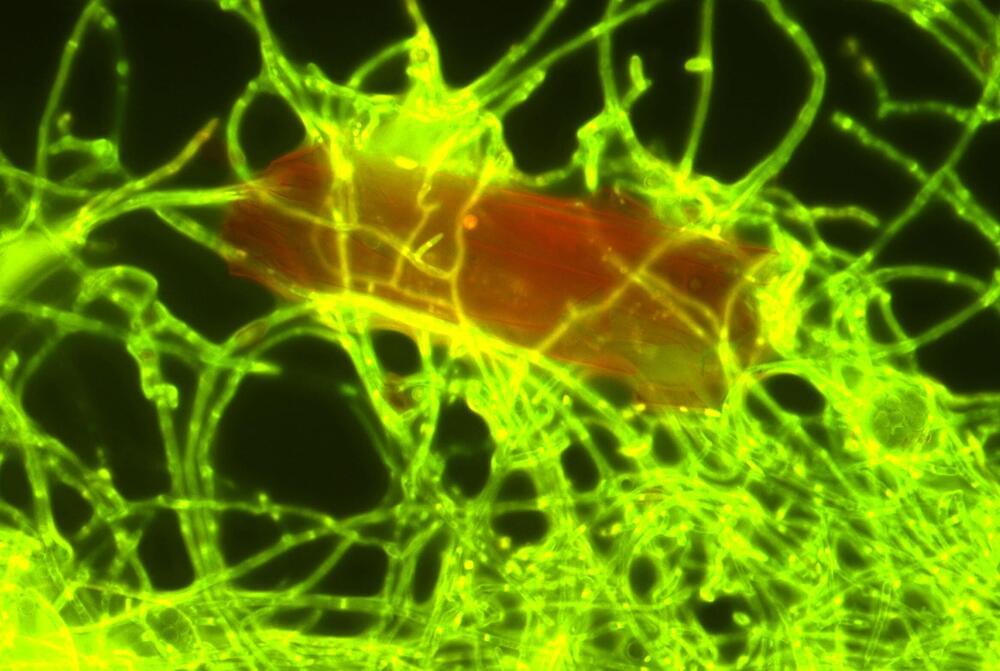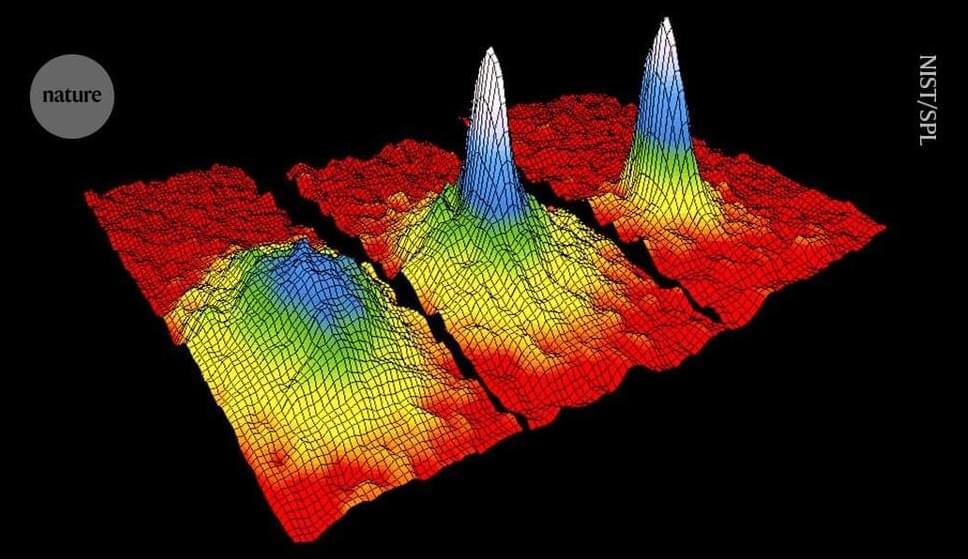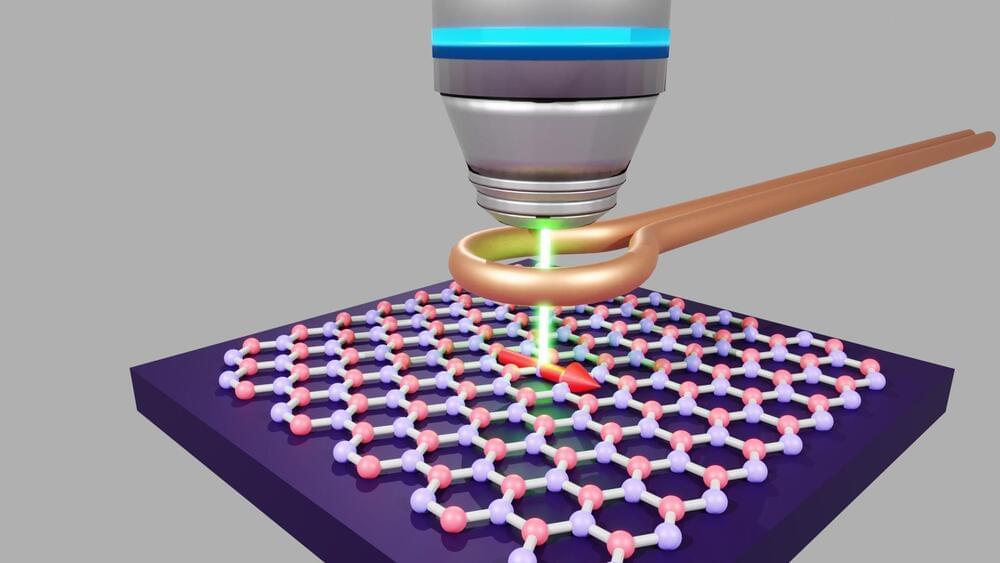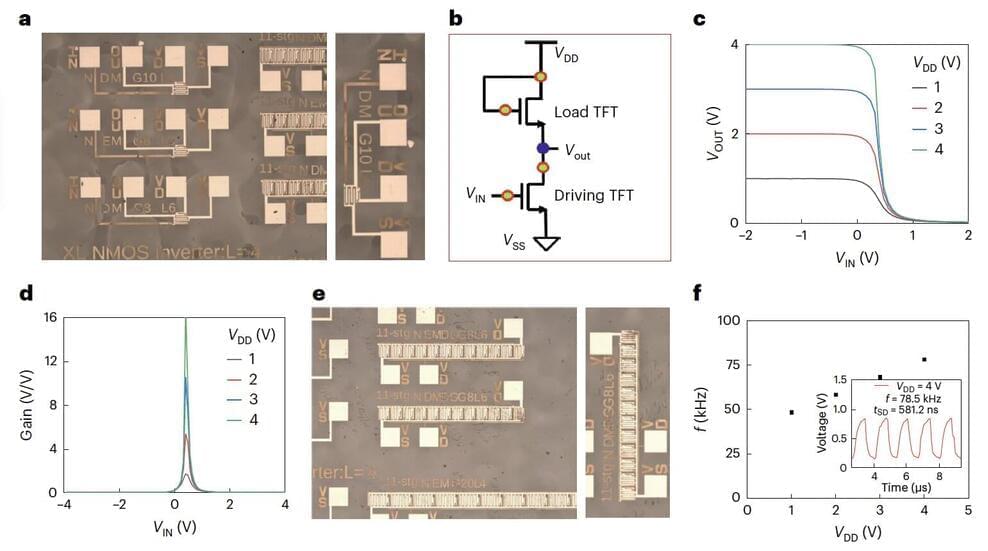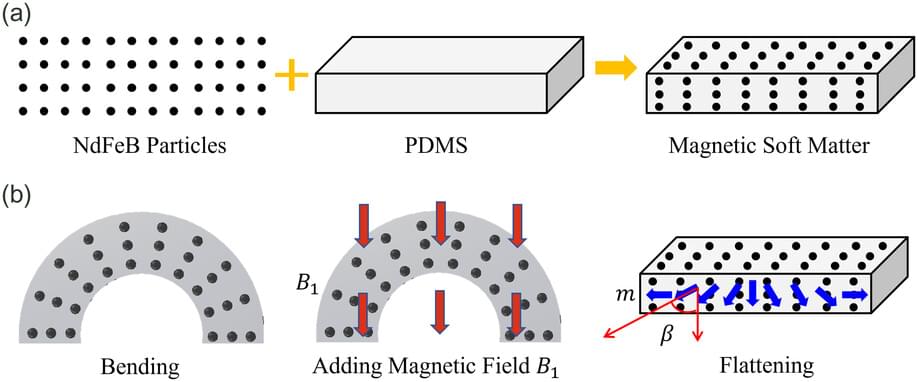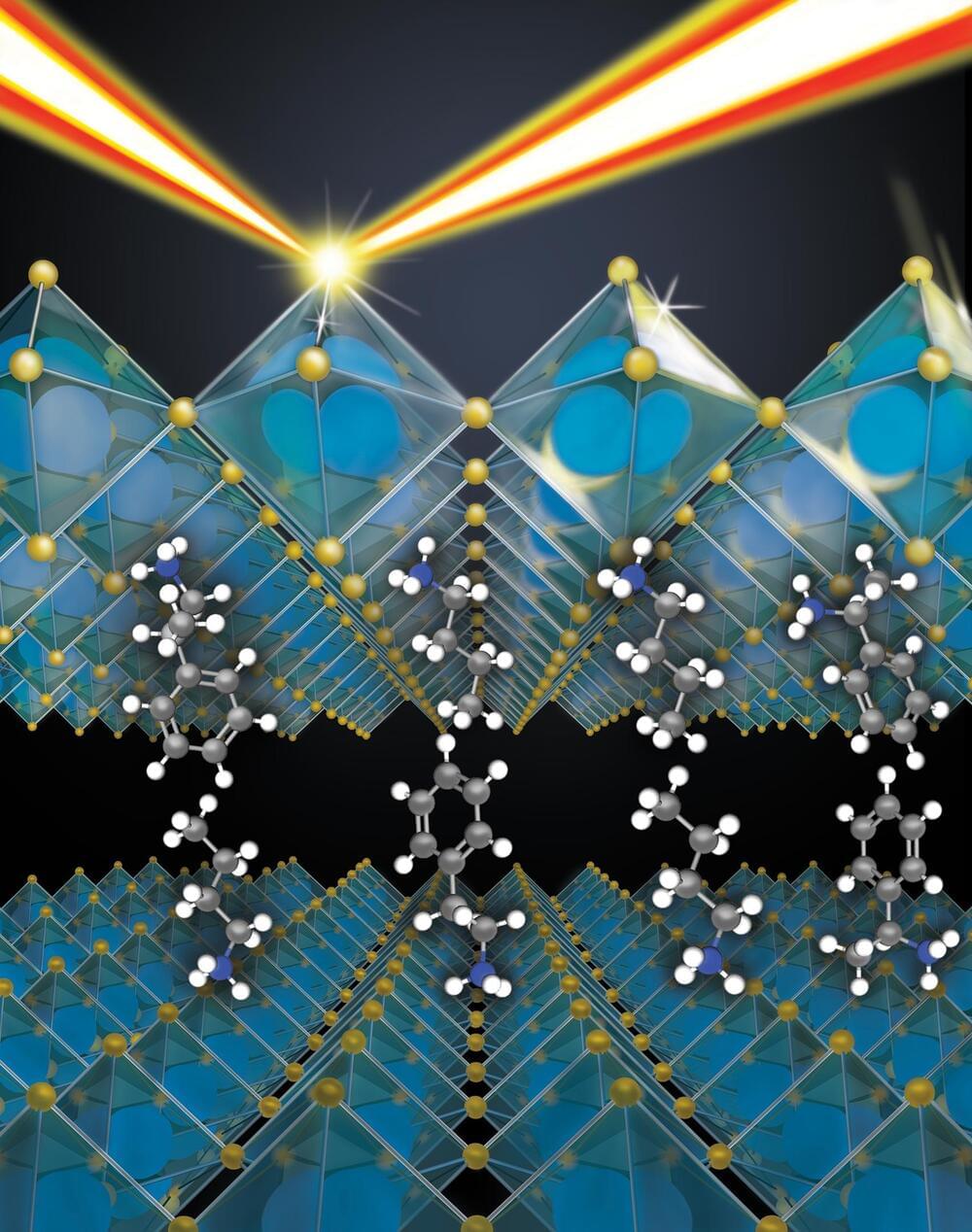Lighting a gas grill, getting an ultrasound, using an ultrasonic toothbrush ⎯ these actions involve the use of materials that can translate an electric voltage into a change in shape and vice versa.
Known as piezoelectricity, the ability to trade between mechanical stress and electric charge can be harnessed widely in capacitors, actuators, transducers, and sensors like accelerometers and gyroscopes for next-generation electronics. However, integrating these materials into miniaturized systems has been difficult due to the tendency of electromechanically active materials to ⎯ at the submicrometer scale, when the thickness is just a few millionths of an inch ⎯ get “clamped” down by the material they are attached to, which significantly dials down their performance.
Rice University researchers and collaborators at the University of California, Berkeley have found that a class of electromechanically active materials called antiferroelectrics may hold the key to overcoming performance limitations due to clamping in miniaturized electromechanical systems. A new study published in Nature Materials reports that a model antiferroelectric system, lead zirconate (PbZrO3), produces an electromechanical response that can be up to five times greater than that of conventional piezoelectric materials even in films that are only 100 nanometers (or 4 millionths of an inch) thick.
